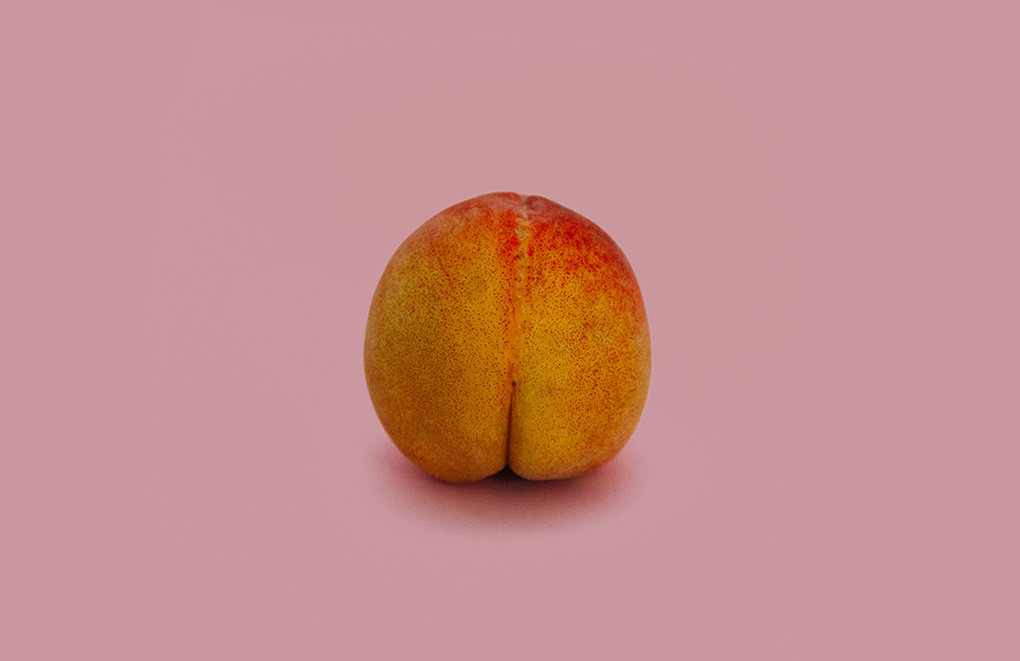
What Are in Fat Injections?
A variety of things happen to our faces and bodies as we age, and not all of them are welcome. For example, fat can accumulate in places where we don’t want it, such as the thighs or abdomen, while it seems to desert areas that could do with looking a little plumper, such as cheeks, lips or breasts.

Fortunately, plastic surgeons have found a way to use our own excess fat to rejuvenate other areas of the body in a procedure variously known as fat injection, fat grafting, or fat transfer. Another term for surgical fat transfer is lipomodelling.
Fat can be a good thing when deployed in the right areas of the body. Without fat the nervous system would not function, and we would look shrivelled and shrunken. Fat is your friend when it comes to getting a cosmetic procedure that yields natural-looking results that don’t involve chemicals and will cause minimal stress to your body. Fat injections take fat from an area where you don’t want it, and it is then used to plump up another area, such as the buttocks.
Fat injections are made up of what is called autologous fat – or fat from your own body. Rather than inject dermal fillers or some other foreign substance that the body may react negatively to, your own fat is recognised as a familiar substance when it is transferred. As the risk of allergy or rejection is minimal, fat injections are popular for their naturally attractive results. The effects from fat injections last a long time, and as the fat is tissue produced by your own body, it is totally safe. There are no issues with strange materials migrating to a part of the body where they shouldn’t be and causing problems such as compromising immunity. Fat injections are more stable than dermal fillers for effects that will last for many years.
Fat injections are incredibly versatile and can be used in a wide variety of areas, including the back of the hands or sunken areas of the face. They are extremely useful for contouring regions that have depressions or pits, modifying scars and generally for refreshing the face and looking younger. They can also be used in a number of ways in the breasts: to increase volume, assist with breast reconstruction, correct asymmetry, smooth irregular contours or hide the obvious effects of implants.
The first step in a fat injection procedure is to collect fat from the donor areas. Small cuts are made in the skin and a thin tube is inserted – much like liposuction – to suck an appropriate amount of fat out. These incisions are then stitched and dressed. The withdrawn fat undergoes preparation at this point and is spun in a piece of equipment called the centrifuge, which separates the valuable fat cells from any other fluids or blood cells.
The prepared fat cells are then injected into the areas where they are required using a needle and syringe. The needle leaves only tiny holes which do not generally require stitches. The procedure should take a couple of hours, depending on the size of the area being treated. A very large area may need multiple sessions. Fat injections can be carried out using a local or general anaesthetic.






